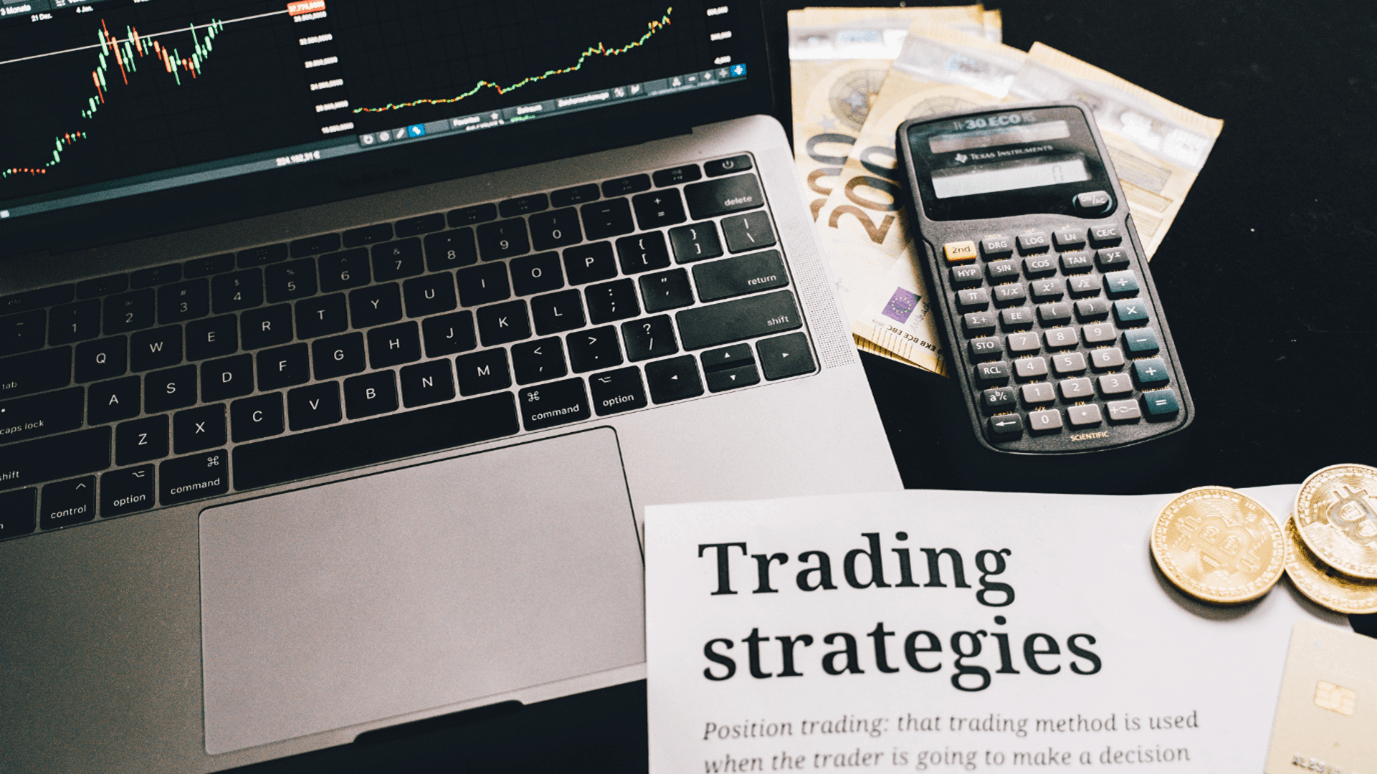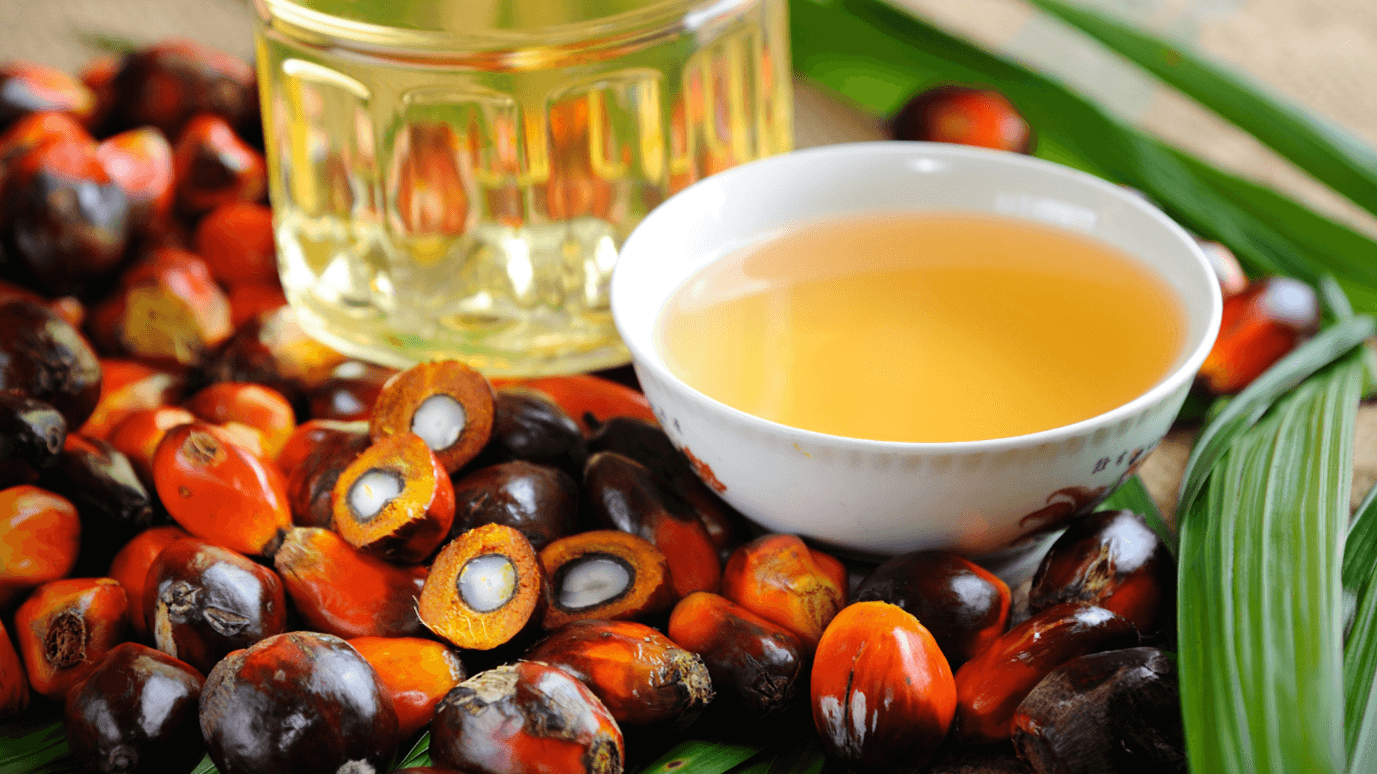China’s Soybean and Rapeseed
Soybean is crushed to produce soymeal and soy oil, while soymeal is subsequently used widely in protein foodstuff and animal feed. Before 2019, China mainly imported rapeseed and crush to produce meal and oil, however, since 2019 the country has been increasing import of rapeseed meal. Overall, China purchased over 5 million tons of rapeseed for the 2022 and 2023 marketing years.
With the significant value of imports, it is easy to overlook that China is also a rapeseed producing country. For China, domestically produced rapeseed are non-GMO and meant for local usage. Additionally, it is restricted to import or crush imported rapeseed in major producing areas located in the middle and lower ridges of Yangtze River and southwest of China.
Along with the non-GMO rapeseed, in these provinces, rapeseeds are extracted using a different process for two main reasons. Firstly, this process produces a richer flavour that is preferred by the locals. Secondly, the diet preference determines that demand is inelastic, and plants will have a better crush margin.

Webinar: Rapeseed Complex Trading Strategies by Huang Yuping, Senior Agricultural Analyst, Orient Futures – 31 March 2023
Rapeseed Oil Trading Strategy
DCE changed its regulations on December 31, 2021, imported rapeseed meal can be settled in delivery since January 2023. When combined with other oils and meals, there are a variety of arbitrage strategies.
- Crush Spread and Reverse Crush Spread
- Oil share
- Calendar Spread
- Soy Meal-Rapeseed Meal Spread
- Rapeseed Oil-Palm Oil Spread/ Rapeseed oil – Soy Oil Spread
Border Crush Spread is not as common in rapeseed complex as traders negotiate a flat price and most trading platforms don’t support real time price of ICE canola futures.
Soy Meal-Rapeseed Meal Spread
As both are important protein feedstuff, and they can substitute one another.
Difference in supply of both global market and China markets, soybean meal is the largest protein in both production and consumption volume. China’s annual consumption of meal and feed is more than 70 million tons while the rapeseed meal is less than 10 million tons.
There are differences in usage, soybean meal can be widely used in almost every livestock and poultry diets, there is no restrictions, on the other hand, rapeseed meal is mostly used as aquatic feed and duck feed, it is generally believed that the inclusion rate of rapeseed meal in these feeds should not fall below 8% to 10%.
Due to these two factors, soybean meal can be a substitute for rapeseed meal, but the opposite cannot be applied. When the spread between soymeal and rapeseed meal is extremely low, and there is large scale substitution in cash markets, there may be opportunities to long the soybean meal and rapeseed meal spread.
Demand is only one aspect that affects prices and spread, sometimes supply can also play a dominant role. China mainly imports rapeseed and rapeseed meal from Canada, if we assume that Canada faces a huge yield and production laws like in 2021, where the supply is tight, then the prices for China’s imports will climb. If soybean crop realises the record production and production outstrips demand, prices will trend down. In this case, imported soybean prices will be low and the soybean meal-rapeseed meal spread will remain at a lower level for a long period of time.

Rapeseed Oil-Palm Oil Spread
Similar to soybean and rapeseed meal spread, these two products serve as a close substitute as edible vegetable oil.
To trade the spread analysing the supply demand fundamentals will be important. The supply of rapeseed oil mainly relies on imported rapeseed crush and direct import. The latter ranges from 1 – 2.3million tons in recent years depending on import margin.
For palm oil, China mainly imports from Malaysia and Indonesia. Therefore, the demand and supply from these two countries have significant impact on China’s import costs. In China, rapeseed oil and palm oil are mainly used as edible oil, and food use is growing steadily. However, demand for vegetable oil fell over 10% in October to September for 21/22 marketing year in comparison to last year as lockdowns have weighed heavily on restaurant consumptions. It is not recommended to trade the spread based on historical spreads. For example, in the second half of 2022, the rapeseed oil and palm oil spread broke historical lows as supply worries kept supporting palm oil prices.
Start Trading With Orient Futures Singapore
Being an Overseas Intermediary of Shanghai International Energy Exchange (INE), Dalian Commodity Exchange (DCE), and Zhengzhou Commodity Exchange (ZCE), when foreign clients participate in internationalized futures contracts in these Chinese markets with us, they have direct access to trading, clearing, and settlement. Our parent company, Shanghai Orient Futures, is the largest broker in terms of aggregated volume across the five regulated exchanges in China.
Orient Futures Singapore also currently holds memberships at the Singapore Exchange (SGX), Asia Pacific Exchange (APEX), and Intercontinental Exchange Singapore (ICE SG).
We provide premium customer service at an affordable cost to all our clients. Our team will be there for you 24 hours on trading days to provide a one-stop portal for all your trades, with simple processes and an intuitive user interface that has low or near-to-zero latency.




